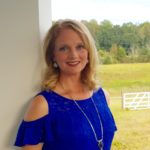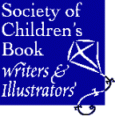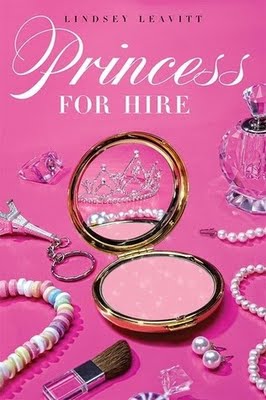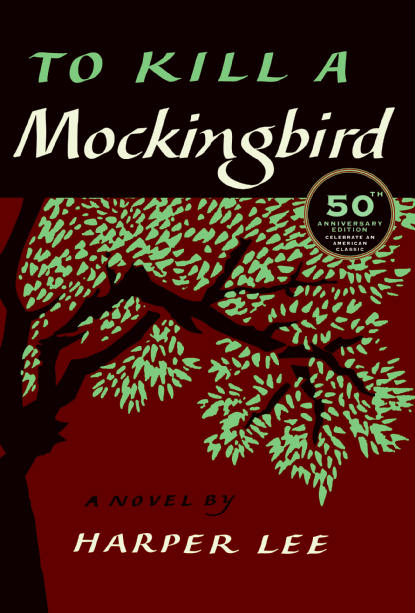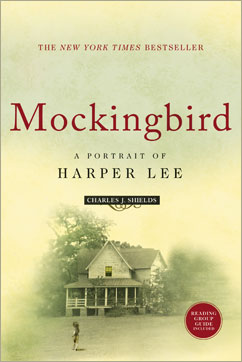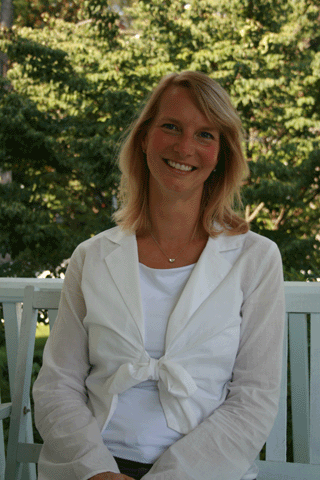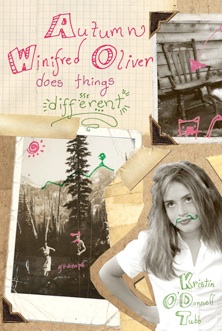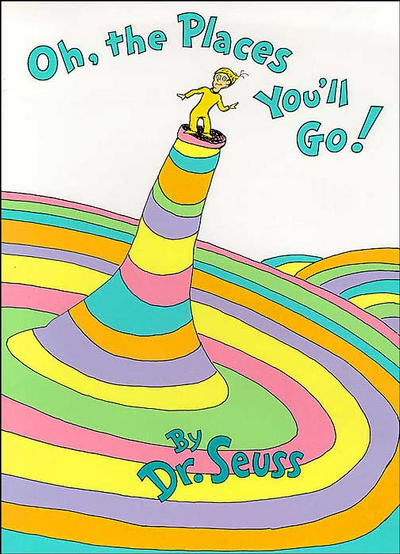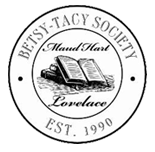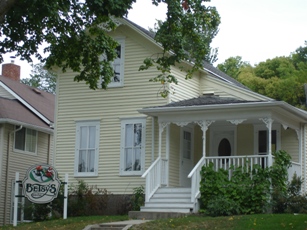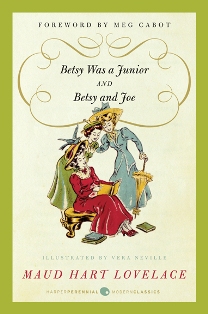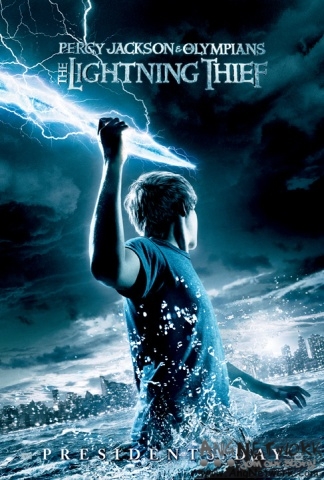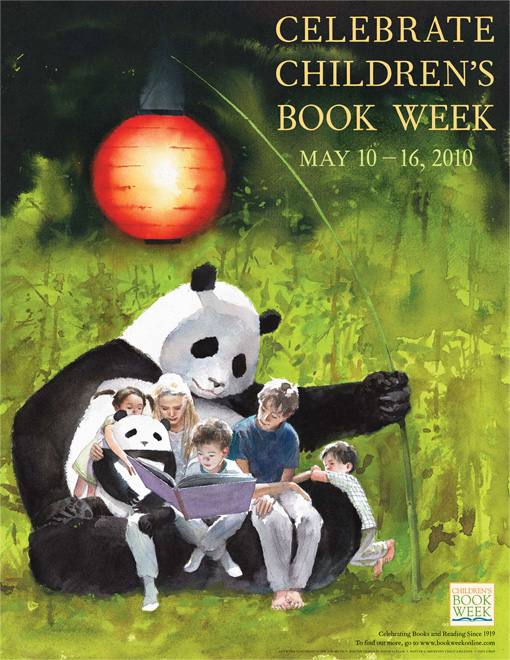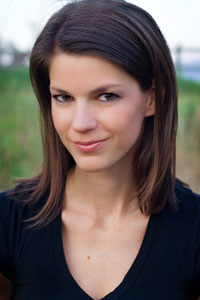
My daughters love anything relating to princesses, so we have a super fun guest today who wrote THE BOOK on how to become a princess. Lindsey Leavitt’s debut novel, Princess for Hire, released in March.
Hi Lindsey. Welcome to Mom 2 Mom Connection. I heard you just returned from the American Library Association conference in Washington, DC. What was it like being there as an author?
Man, it was amazing. Every aspiring author has a list of publishing dreams, and this was big on mine.
Librarians are amazing, open, thoughtful, funny, smart people and it was great having book conversations. I love book talk. Plus, it was very surreal to have a few KNOW WHO I WAS (sure, the name tag helps, but I like to pretend I’m a Diva sometimes).
Sounds like a blast! What was the highlight for you?
Newbery/Caldecott dinner. The speeches were pitch-perfect, the chicken breast wasn’t even dry, and ten-year-old Lindsey felt like she’d arrived at the book Olympics.
Your debut novel, Princess for Hire, draws readers into the world of real-life princesses. Did you have to do any research on foreign cultures or customs as you wrote your book?
Research! Yes, I did tons — much more than I would have thought, but fun nonetheless. Pretty legit when you get to buy the PEOPLE Royals Addition and count it as work.
I wanted the scope to go beyond Europe, so I looked at royal traditions around the world. I didn’t want to lock myself into one country, though, so I went with a geographical region and tried to create a general atmosphere. The Amazon one was especially fun to research, as most of what happens to Desi (except for the magical stuff) is based on real customs.
I did a few library visits, looking at those basic country books used for elementary school reports. This gave me an idea where to start, then I researched a handful of countries in depth. I wrote two princesses that never made it into the story, but might in later books, especially since I was so fascinated with Eastern Asian culture. I want a ninja princess in there. Ninjas are awesome.
A NINJA PRINCESS — that will definitely be a hit! Did your previous job as a substitute teacher help you any as you wrote your first novel?
For sure. I never really felt like I knew what I was doing as a sub. Every day, it was a different school, different grade, different kids, all with their own challenges and problems. Often, I would have one page of notes that didn’t help much.
And, let’s be honest, lots of people think subs are idiots. Although I had a degree AND had a couple of years of teaching experience, secretaries would often talk really slow, or the teacher would write “Have them read for an hour” in the sub plans, like actually teaching was a massive improbability.
So I really tapped into that as I threw Desi in all these new situations. Not to mention, I would often write during teacher prep-time, lunch, etc. Nothing publishable, mind you, but it got me interested in writing.
What has been the most surprising aspect of being a first-time novelist?
I guess I thought getting a book deal would be all the literary validation I needed. I was surprised that there was still so much angst on the other side of the publishing rainbow — revisions, reviews, follow-up books, covers. BUT, having a real-live book in print sweetens all the strife. It’s something concrete and real and, in my case, sparkly.
Being the mother of three daughters, I’m sure your home is immersed in the world of princesses! What do your daughters think of all the excitement surrounding their mom’s new book?
They want pictures. They are begging for a book with pictures and not all these boring words. So the princess thing gives me some street-cred, but I’m no Jane O’Conner (Fancy Nancy). My three-year-old also asked why I can’t be a dog groomer, because then she could pet a dog instead of a book.
So I gave her a tiara, and I’m cool again.
Oh yes, life is always better when wearing a tiara. My daughter has tried to sleep in hers. Do you think it’s helpful for writers to be part of an online network of fellow writers, such as your Tenners blog? How did this group come together?
The Tenners have been invaluable. When I sold my book, I wanted to join the Debs (2009 debut group we are modeled after), but I was winter 2010. I was lamenting this with a friend, and she said, “Uh, start your own group.”
So I did, with the help of Heidi R Kling (SEA, Putnam). At first, I just googled around, finding other 2010 authors, and once word got out, people wrote asking to join.
How many authors are in the group now? Do you have plans to stick together beyond the year 2010?
We had to cut it off last October, when our numbers were almost 100. I’ve made some wonderful friends there, and I think we’ll have the group going for a long time. It’s a great resource for all the questions that come up, like “I don’t like my cover, what do I do?” or “I’m doing a signing in New York, who is in?”
Now that Princess for Hire has made her grand debut at the ball, what you do have coming up next?
I have a YA contemporary called SEAN GRISWOLD’S HEAD that will be out with Bloomsbury in March 2011. It’s a story with first love, first loss, and spandex. But not too much spandex. I have to keep it tasteful.
Well, for us 80s moms, Spandex is always in. We just can’t be seen wearing it in public.
And, of course, the next book in the PRINCESS FOR HIRE series will be out in early May. More scandals, more Desi, and yes, more princess.
We can’t wait! Here’s one last question — How do you get yourself into the writing groove, when kids, house, husband, and everything else demand your attention? Do you have a special time or place in your house where you can be alone to write, or can you pretty much write anywhere?
My very best writing still happens at night, when it’s totally quiet and there is nothing else I have to do. It’s still a challenge, even with this being my job now, to prioritize writing over all the family goodness.
I usually write in spurts, like take a weekend and write non-stop, then don’t write for a week. I can write anywhere — couch, bed, library, Starbucks — but I have this weird thing about having my feet up when I write. Yes, they’re up right now. I want to hire a foot rubber when I hit it big. Now accepting applications.
Couldn’t we all use one of those? Lindsey, this has been too fun. Do you have any parting words of wisdom for parents who’ve been bitten by the writing bug?
Do it. As much as you can, as often as you can. When you aren’t writing, read. Read, read, read. Write, write, write. And enjoy your kids, because they are not only the best part of life, but they offer some wonderful material.
That’s so true! Thank you for this refreshing interview, Lindsey. We look forward to keeping up with you and your books!
Thanks so much for having me Heather and Heather’s wonderful blog readers!
Lindsey Leavitt can be found hanging out at her sparkly website and blog. Her royal book even has its own home, so be sure to stop by and check out the bling.

